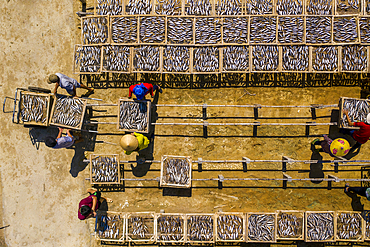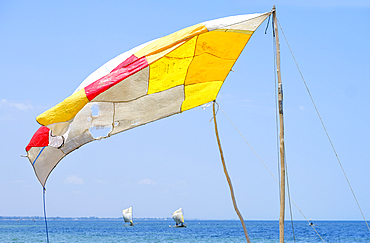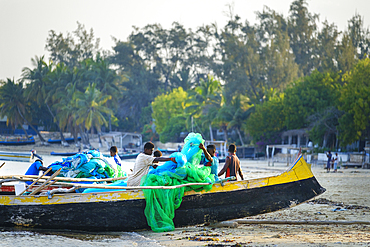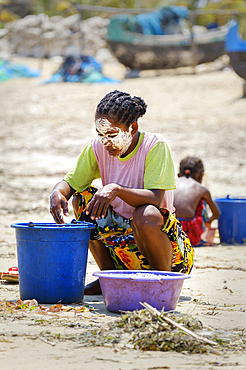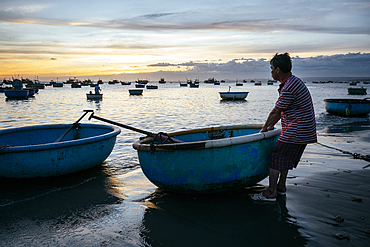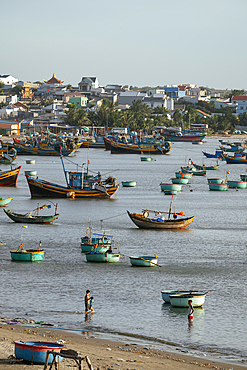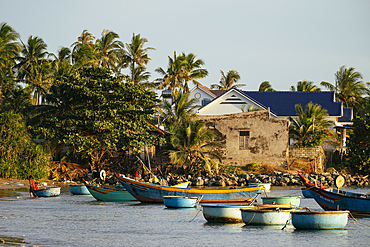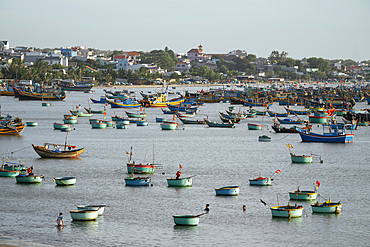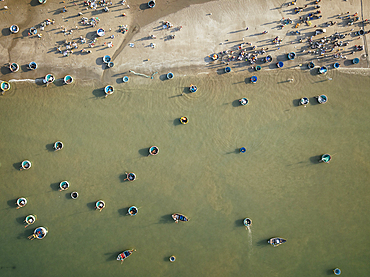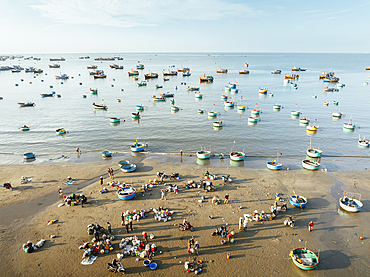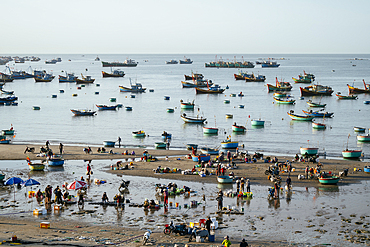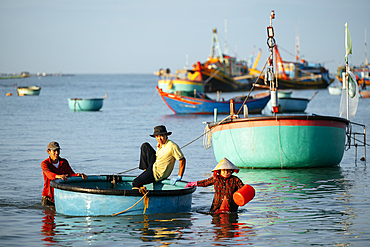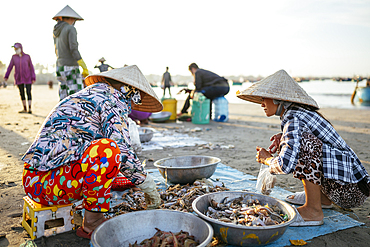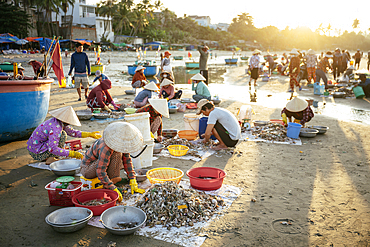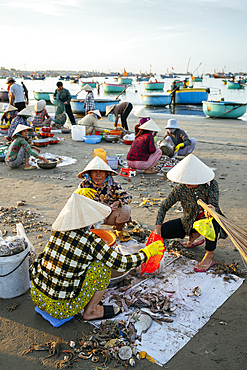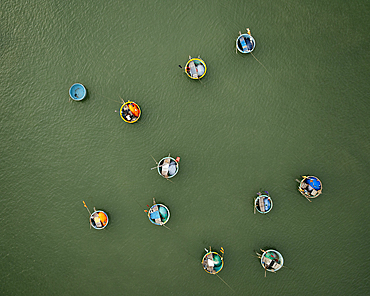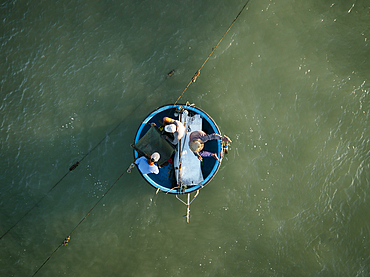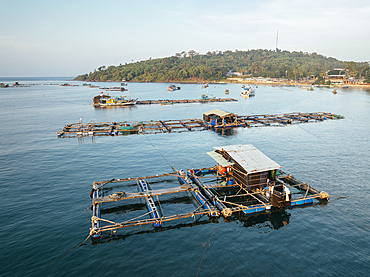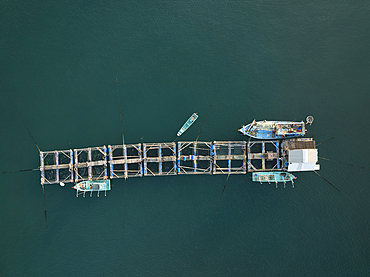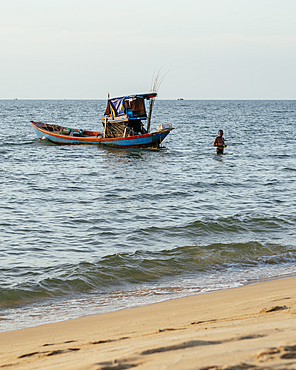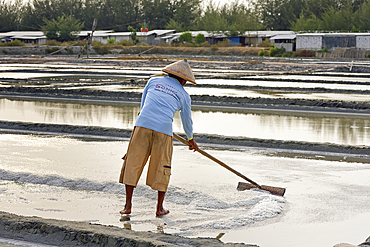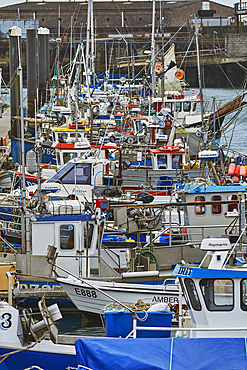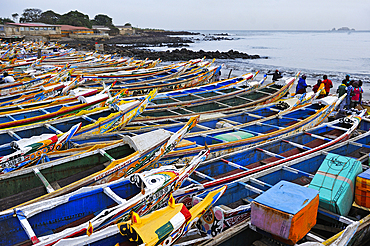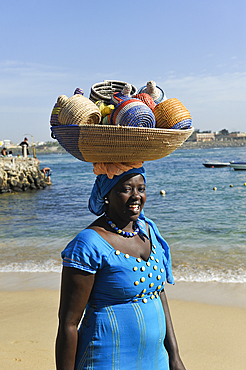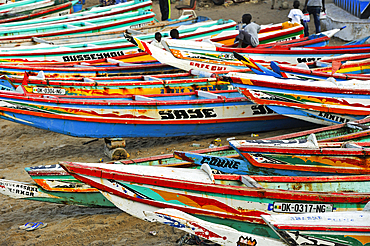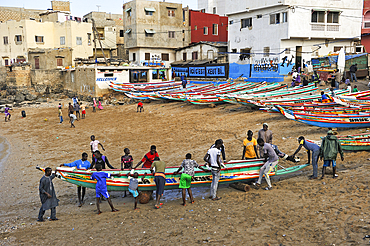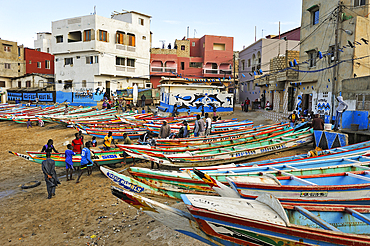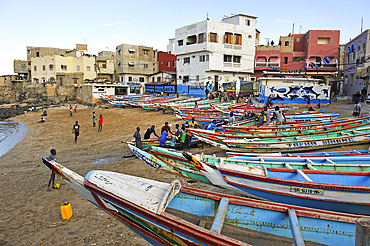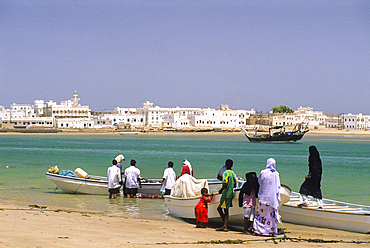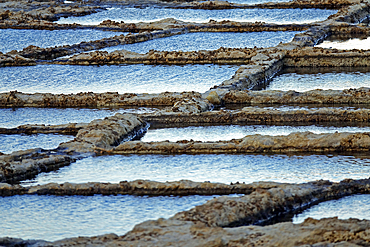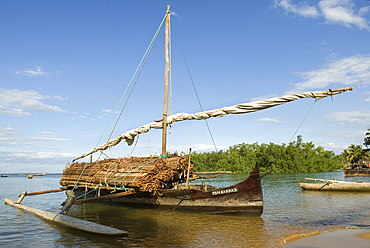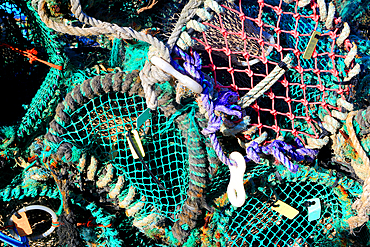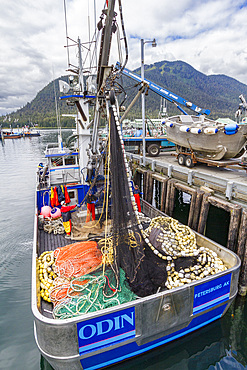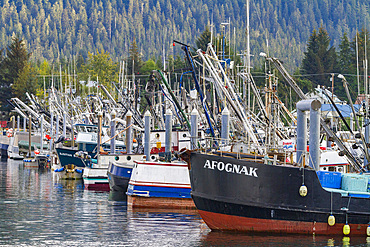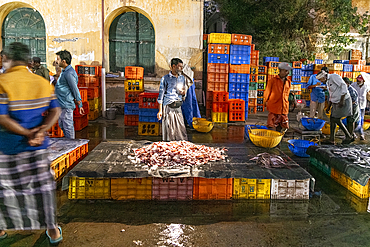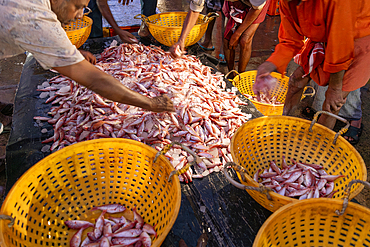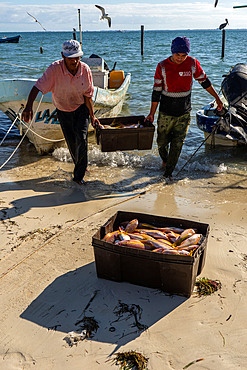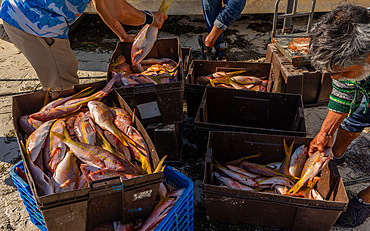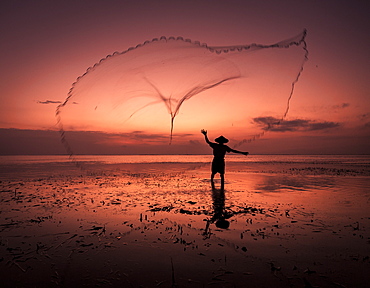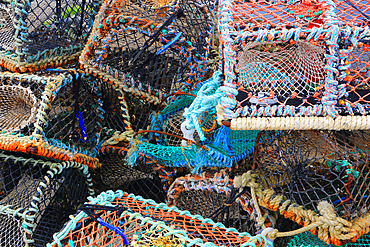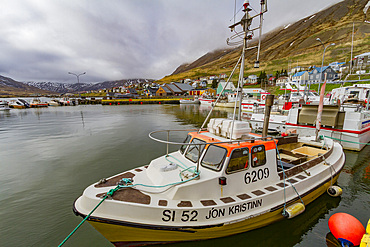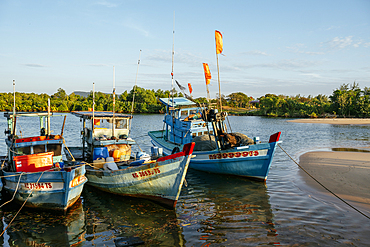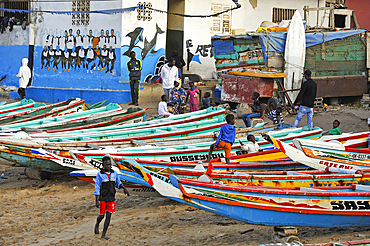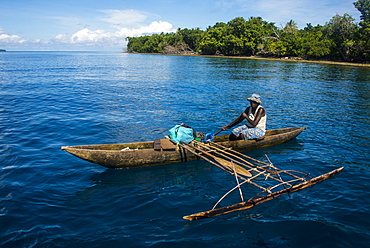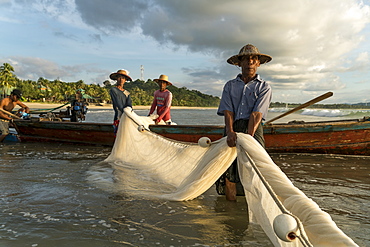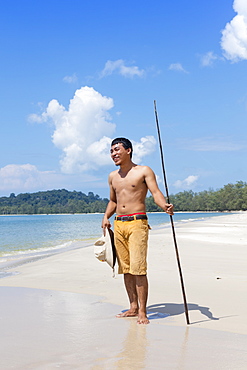Results
79 results found
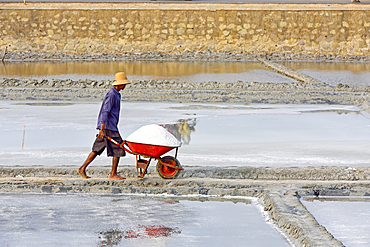
Man pushing wheel barrow full of salt, Salt fields at Karangjahe, near Lasem, Java island, Indonesia, Southeast Asia, Asia
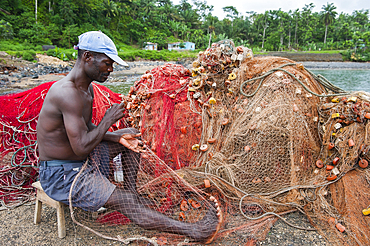
Man mending fishing net at Porto Alegre village in the south of Sao Tome Island, Republic of Sao Tome and Principe, Africa
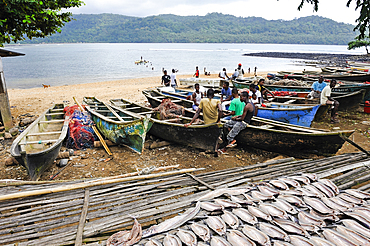
Fish drying and fishermen at Porto Alegre village in the south of Sao Tome Island, Republic of Sao Tome and Principe, Africa
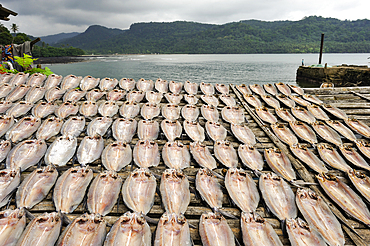
Fish drying, Porto Alegre village in the south of Sao Tome Island, Republic of Sao Tome and Principe, Africa
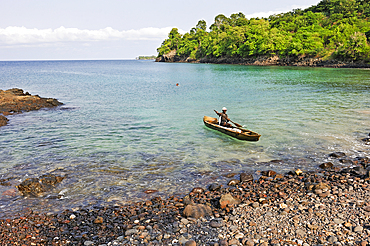
Fisherman in small cove Lagoa Azul on the north coast of Sao Tome Island, Republic of Sao Tome and Principe, Africa
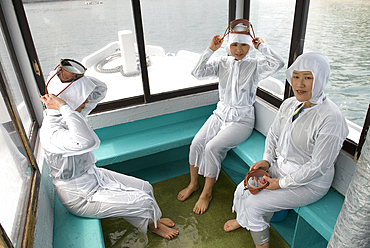
On the island of pearls of Mikimoto (named after the inventor and developer of the pearl culture: Kokichi Mikimoto 1858-1954), women divers in traditional clothing. Toba, Ise-Shima National Park, Japan
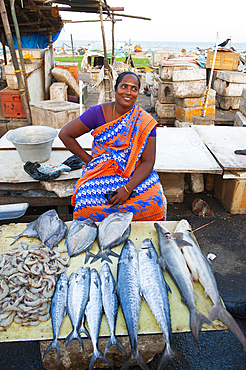
Fish seller at Marina Beach, Baie of Bengal, Chennai (Madras), Coromandel Coast, Tamil Nadu state, South India, Asia

Fishing dugout canoes on Marina Beach, Baie of Bengal, Chennai (Madras), Coromandel Coast, Tamil Nadu state, South India, Asia

Fishing dugout canoes on Marina Beach, Baie of Bengal, Chennai (Madras), Coromandel Coast, Tamil Nadu state, South India, Asia
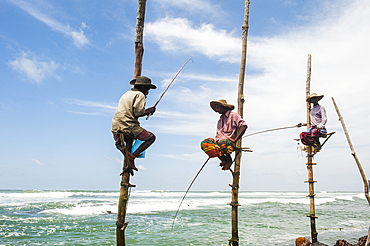
False stilt fishermen, imitating what was this traditional method, posing for the tourists against remuneration, Weligama, South coast, Sri Lanka, Indian subcontinent, South Asia
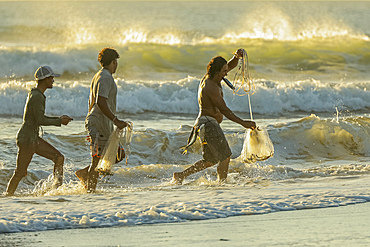
Men with throw nets and freshly caught fish, Nosara Boca (river mouth), local fishing spot, Boca Nosara, Nosara Beach, Guanacaste, Costa Rica
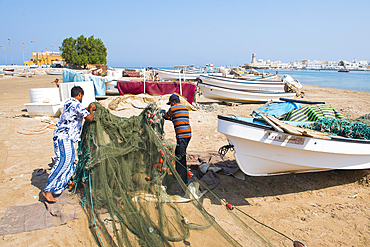
Fishermen on the beach in front of the Al Ayjah village, Sur, port-city, capital of Ash Sharqiyah Region, Sultanate of Oman, Arabian Peninsula
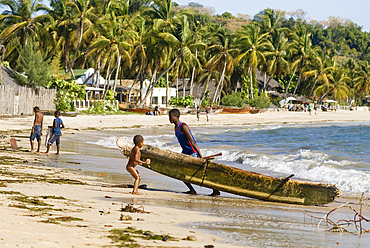
Fisherman hauling up his outrigger canoe on the beach of Ambatoloaka, Nosy Be island, Republic of Madagascar, Indian Ocean
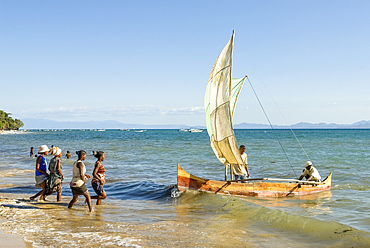
Women at fisherman's return, beach of Ambatoloaka, Nosy Be island, Republic of Madagascar, Indian Ocean
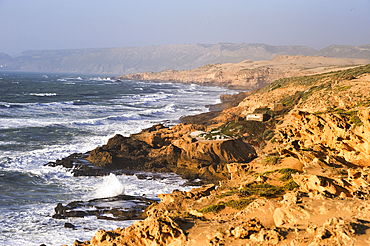
Fishermen's huts perched upon cliffs around Tamri on Atlantic Coast, between Agadir and Essaouira, Morocco
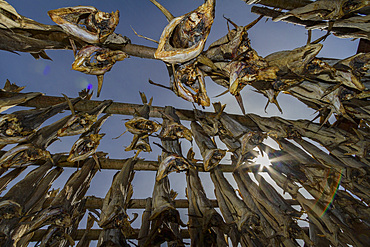
Cod drying on racks temporarily built for that purpose in the small fishing town of A in the Lofoten Island Group, Norway
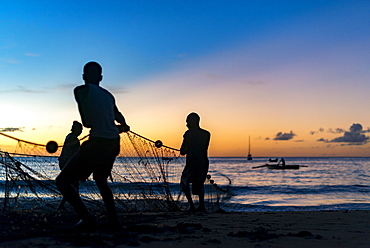
Seine net fishermen haul in a catch of fish in Castara Bay on the Caribbean island of Tobago, Trinidad and Tobago, West Indies, Caribbean, Central America

Seine fisherman lay their nets from a boat in Castara Bay in Tobago at sunset, Trinidad and Tobago, West Indies, Caribbean, Central America
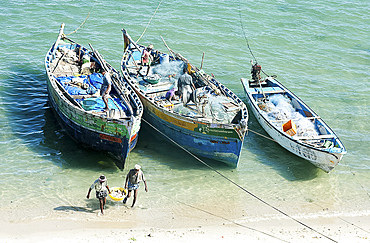
Fisherman carrying fish to land and tidying up their colourful fishing boats under Pamban Bridge, Rameshwaram, Tamil Nadu, India, Asia
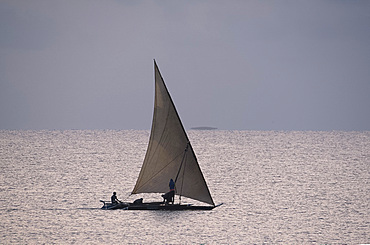
Fisherman heading out to sea at sunrise in a sailing dhow near Ushongo, Pangani, Tanzania, East Africa, Africa
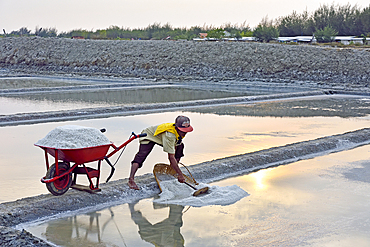
Worker filling wheel barrow with salt, Salt fields at Karangjahe, near Lasem, Java island, Indonesia, Southeast Asia, Asia
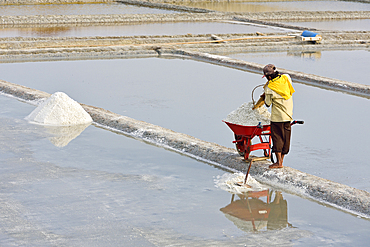
Worker loading wheel barrow with salt, Salt fields at Karangjahe, near Lasem, Java island, Indonesia, Southeast Asia, Asia
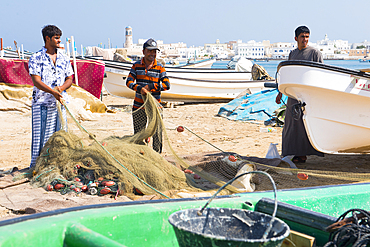
Fishermen on the beach in front of the Al Ayjah village, Sur, port-city, capital of Ash Sharqiyah Region, Sultanate of Oman, Arabian Peninsula
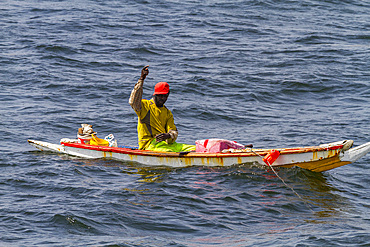
Local small Senegalese fishing boat near Ile des Oiseaux (Bird Island) in the Parc National du Delta du Saloum, UNESCO World Heritage Site, Senegal, West Africa, Africa
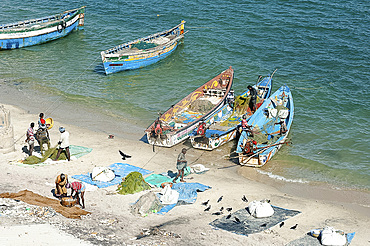
Fisherman carrying fish to land and tidying up their colourful fishing boats under Pamban Bridge, Rameshwaram, Tamil Nadu, India, Asia

Fisherman community under Pamban Bridge with colourful fishing boats, Pamban Straits, Rameshwaram, Tamil Nadu, India, Asia
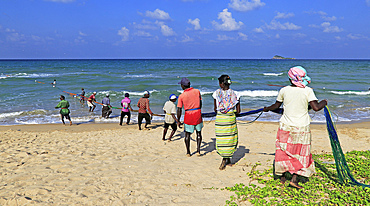
Traditional fishing hauling nets, Nilavelli beach, near Trincomalee, Eastern province, Sri Lanka, Asia
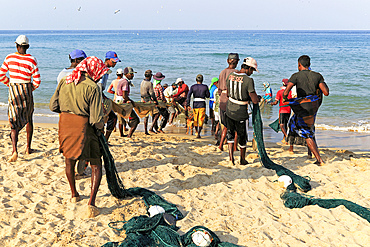
Traditional fishing hauling nets, Nilavelli beach, near Trincomalee, Eastern province, Sri Lanka, Asia
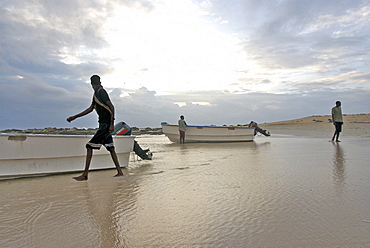
Hardest hit was a 650 kilometers stretch of the somali coastline between garacad (mudung region) and xaafuun (bari region), which forms part of the puntland province near the horn of africa. The tsunami resulted in the death of some 300 people and extensive destruction of shelters, houses and water sources as well as fishing gear. The livelihoods of many people residing in towns and small villages along the somali indian ocean coastline, particularly in the northern regions, were devastated
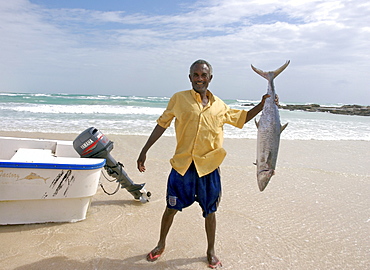
Hardest hit was a 650 kilometers stretch of the somali coastline between garacad (mudung region) and xaafuun (bari region), which forms part of the puntland province near the horn of africa. The tsunami resulted in the death of some 300 people and extensive destruction of shelters, houses and water sources as well as fishing gear. The livelihoods of many people residing in towns and small villages along the somali indian ocean coastline, particularly in the northern regions, were devastated
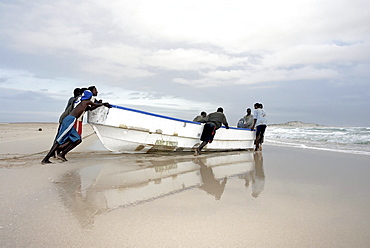
Hardest hit was a 650 kilometers stretch of the somali coastline between garacad (mudung region) and xaafuun (bari region), which forms part of the puntland province near the horn of africa. The tsunami resulted in the death of some 300 people and extensive destruction of shelters, houses and water sources as well as fishing gear. The livelihoods of many people residing in towns and small villages along the somali indian ocean coastline, particularly in the northern regions, were devastated
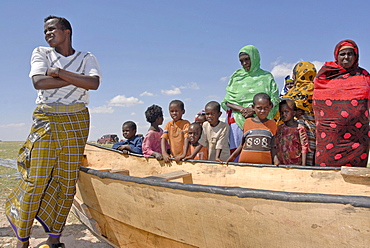
Hardest hit was a 650 kilometers stretch of the somali coastline between garacad (mudung region) and xaafuun (bari region), which forms part of the puntland province near the horn of africa. The tsunami resulted in the death of some 300 people and extensive destruction of shelters, houses and water sources as well as fishing gear. The livelihoods of many people residing in towns and small villages along the somali indian ocean coastline, particularly in the northern regions, were devastated

Hardest hit was a 650 kilometers stretch of the somali coastline between garacad (mudung region) and xaafuun (bari region), which forms part of the puntland province near the horn of africa. The tsunami resulted in the death of some 300 people and extensive destruction of shelters, houses and water sources as well as fishing gear. The livelihoods of many people residing in towns and small villages along the somali indian ocean coastline, particularly in the northern regions, were devastated
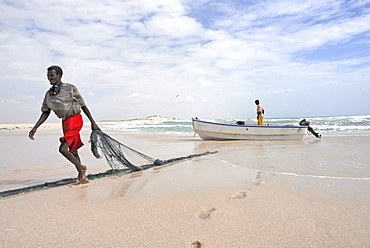
Hardest hit was a 650 kilometers stretch of the somali coastline between garacad (mudung region) and xaafuun (bari region), which forms part of the puntland province near the horn of africa. The tsunami resulted in the death of some 300 people and extensive destruction of shelters, houses and water sources as well as fishing gear. The livelihoods of many people residing in towns and small villages along the somali indian ocean coastline, particularly in the northern regions, were devastated
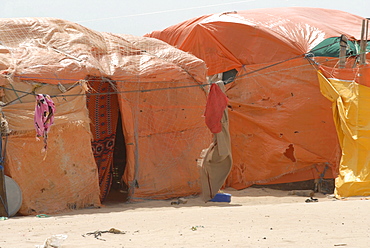
Hardest hit was a 650 kilometers stretch of the somali coastline between garacad (mudung region) and xaafuun (bari region), which forms part of the puntland province near the horn of africa. The tsunami resulted in the death of some 300 people and extensive destruction of shelters, houses and water sources as well as fishing gear. The livelihoods of many people residing in towns and small villages along the somali indian ocean coastline, particularly in the northern regions, were devastated

Hardest hit was a 650 kilometers stretch of the somali coastline between garacad (mudung region) and xaafuun (bari region), which forms part of the puntland province near the horn of africa. The tsunami resulted in the death of some 300 people and extensive destruction of shelters, houses and water sources as well as fishing gear. The livelihoods of many people residing in towns and small villages along the somali indian ocean coastline, particularly in the northern regions, were devastated
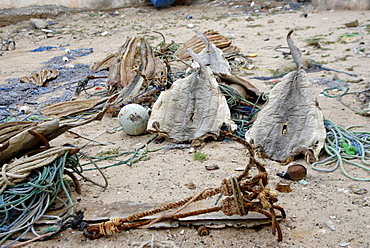
Eyl is a town in somalias puntland state. The prominent clan in eyl district are yonis idiris, a sub-clan of isse mahamud, which in turn is a sub-clan of majeerteen. Eyl is near the hafun peninsula, the location of most of somalias casualties from the 2004 indian ocean tsunami., the tsunami resulted in the death of some 300 people and extensive destruction of shelters, houses and water sources as well as fishing gear. The livelihoods of many people residing in towns and small villages along the somali indian ocean coastline, particularly in the northern regions, were devastated, /shark fishing is main source of income for many of the somalis fishermen. sharks skin drying in eyl

Hardest hit was a 650 kilometers stretch of the somali coastline between garacad (mudung region) and xaafuun (bari region), which forms part of the puntland province near the horn of africa. The tsunami resulted in the death of some 300 people and extensive destruction of shelters, houses and water sources as well as fishing gear. The livelihoods of many people residing in towns and small villages along the somali indian ocean coastline, particularly in the northern regions, were devastated
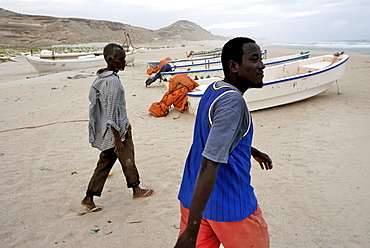
Eyl is a town in somalias puntland state. The prominent clan in eyl district are yonis idiris, a sub-clan of isse mahamud, which in turn is a sub-clan of majeerteen. Eyl is near the hafun peninsula, the location of most of somalias casualties from the 2004 indian ocean tsunami., the tsunami resulted in the death of some 300 people and extensive destruction of shelters, houses and water sources as well as fishing gear. The livelihoods of many people residing in towns and small villages along the somali indian ocean coastline, particularly in the northern regions, were devastated
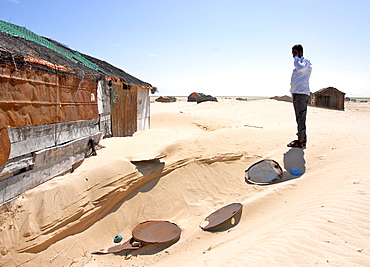
Hardest hit was a 650 kilometers stretch of the somali coastline between garacad (mudung region) and xaafuun (bari region), which forms part of the puntland province near the horn of africa. The tsunami resulted in the death of some 300 people and extensive destruction of shelters, houses and water sources as well as fishing gear. The livelihoods of many people residing in towns and small villages along the somali indian ocean coastline, particularly in the northern regions, were devastated

Hardest hit was a 650 kilometers stretch of the somali coastline between garacad (mudung region) and xaafuun (bari region), which forms part of the puntland province near the horn of africa. The tsunami resulted in the death of some 300 people and extensive destruction of shelters, houses and water sources as well as fishing gear. The livelihoods of many people residing in towns and small villages along the somali indian ocean coastline, particularly in the northern regions, were devastated

Hardest hit was a 650 kilometers stretch of the somali coastline between garacad (mudung region) and xaafuun (bari region), which forms part of the puntland province near the horn of africa. The tsunami resulted in the death of some 300 people and extensive destruction of shelters, houses and water sources as well as fishing gear. The livelihoods of many people residing in towns and small villages along the somali indian ocean coastline, particularly in the northern regions, were devastated

Hardest hit was a 650 kilometers stretch of the somali coastline between garacad (mudung region) and xaafuun (bari region), which forms part of the puntland province near the horn of africa. The tsunami resulted in the death of some 300 people and extensive destruction of shelters, houses and water sources as well as fishing gear. The livelihoods of many people residing in towns and small villages along the somali indian ocean coastline, particularly in the northern regions, were devastated
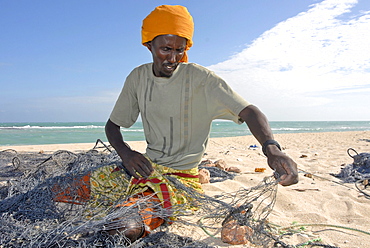
Hardest hit was a 650 kilometers stretch of the somali coastline between garacad (mudung region) and xaafuun (bari region), which forms part of the puntland province near the horn of africa. The tsunami resulted in the death of some 300 people and extensive destruction of shelters, houses and water sources as well as fishing gear. The livelihoods of many people residing in towns and small villages along the somali indian ocean coastline, particularly in the northern regions, were devastated
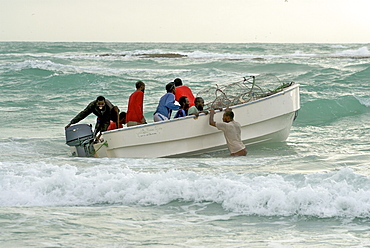
Hardest hit was a 650 kilometers stretch of the somali coastline between garacad (mudung region) and xaafuun (bari region), which forms part of the puntland province near the horn of africa. The tsunami resulted in the death of some 300 people and extensive destruction of shelters, houses and water sources as well as fishing gear. The livelihoods of many people residing in towns and small villages along the somali indian ocean coastline, particularly in the northern regions, were devastated
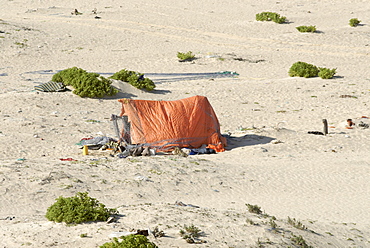
Hardest hit was a 650 kilometers stretch of the somali coastline between garacad (mudung region) and xaafuun (bari region), which forms part of the puntland province near the horn of africa. The tsunami resulted in the death of some 300 people and extensive destruction of shelters, houses and water sources as well as fishing gear. The livelihoods of many people residing in towns and small villages along the somali indian ocean coastline, particularly in the northern regions, were devastated
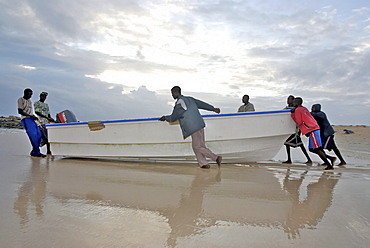
Hardest hit was a 650 kilometers stretch of the somali coastline between garacad (mudung region) and xaafuun (bari region), which forms part of the puntland province near the horn of africa. The tsunami resulted in the death of some 300 people and extensive destruction of shelters, houses and water sources as well as fishing gear. The livelihoods of many people residing in towns and small villages along the somali indian ocean coastline, particularly in the northern regions, were devastated
